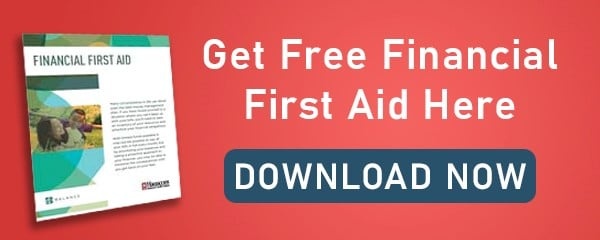I was with a friend recently who was telling me about a family member whose finances were circling the drain.
“She’s got no savings, her credit cards are maxxed, she’s getting calls from creditors all day long...she’s bankrupt.”
“I’m sorry to hear that,” I said with some sympathy. "Now that she’s filed though, the calls should stop.”
My friend looked at me, aghast. “Oh no, she’s not ‘bankrupt’ bankrupt. I meant she’s broke.”
I didn’t press the point, but people frequently use the word "bankrupt" to describe a situation where a person or company no longer has money to pay off debts and obligations. That situation is called insolvency. Being bankrupt and being insolvent are actually two different financial states...or straits.
Bankruptcy is a legal process for liquidating what property and assets a debtor owns to pay off their debts. Insolvency is a financial state in which a person’s (or company’s) debts exceed their assets. Someone who’s bankrupt is insolvent, but someone who’s insolvent isn’t necessarily bankrupt.
For example, my friend’s family member…I’m sure there are many attorneys who’d add up her assets and liabilities, see that she’s insolvent, and advise her to file for bankruptcy. Sometimes that’s the only way out of a bad financial situation. But she wouldn't be bankrupt unless she filed a case in court.
On the other hand, insolvency can be fixable without having to go to court. Businesses often find themselves in states of insolvency when they look at the numbers on their balance sheets. They’ll try to raise cash, cut overhead with layoffs, and renegotiate terms with creditors to become solvent again...and stay out of court.
Individuals can use these tactics, too. People who’ve found themselves owing more than they own have turned insolvency around by increasing income, cutting expenses, and working with lenders or credit counselors to work out a plan for repaying debts to avoid the legal process of bankruptcy.
It may not be an easy task, but working your way out of insolvency can be far more preferable than filing for bankruptcy. Bankruptcy should always be your last resort.
Download our free Financial First Aid Guide! It'll walk you through the best ways to manage your money during uncertain times. We’ll show you how to take inventory and review all your expenses, assess your debts, prioritize bills and communicate with creditors, and so much more!
Others are reading:














Comment